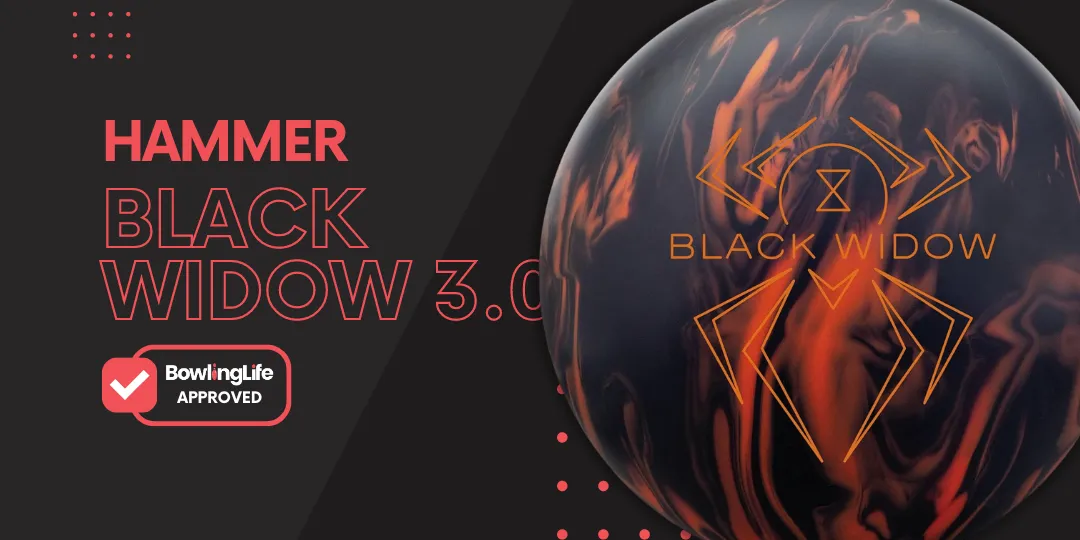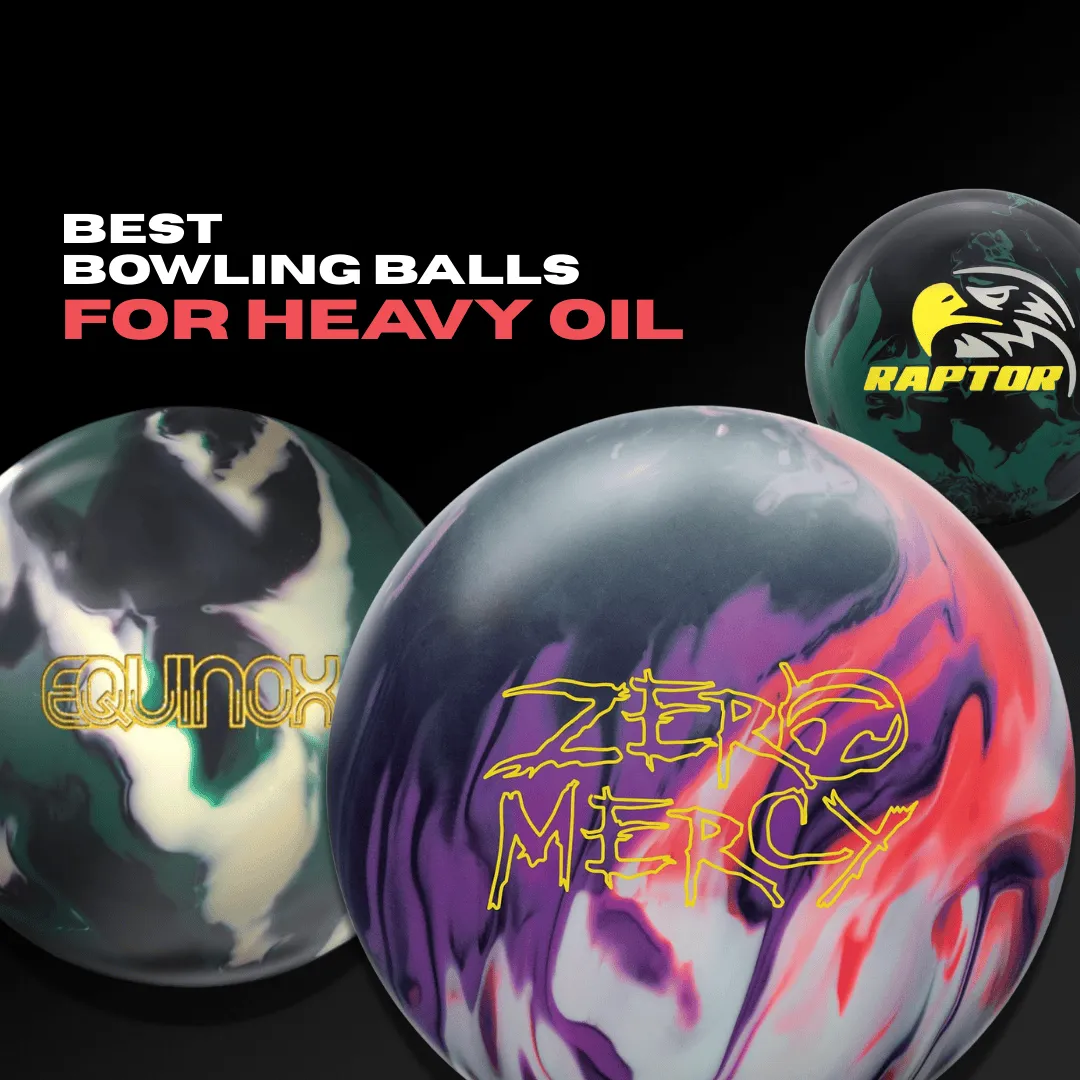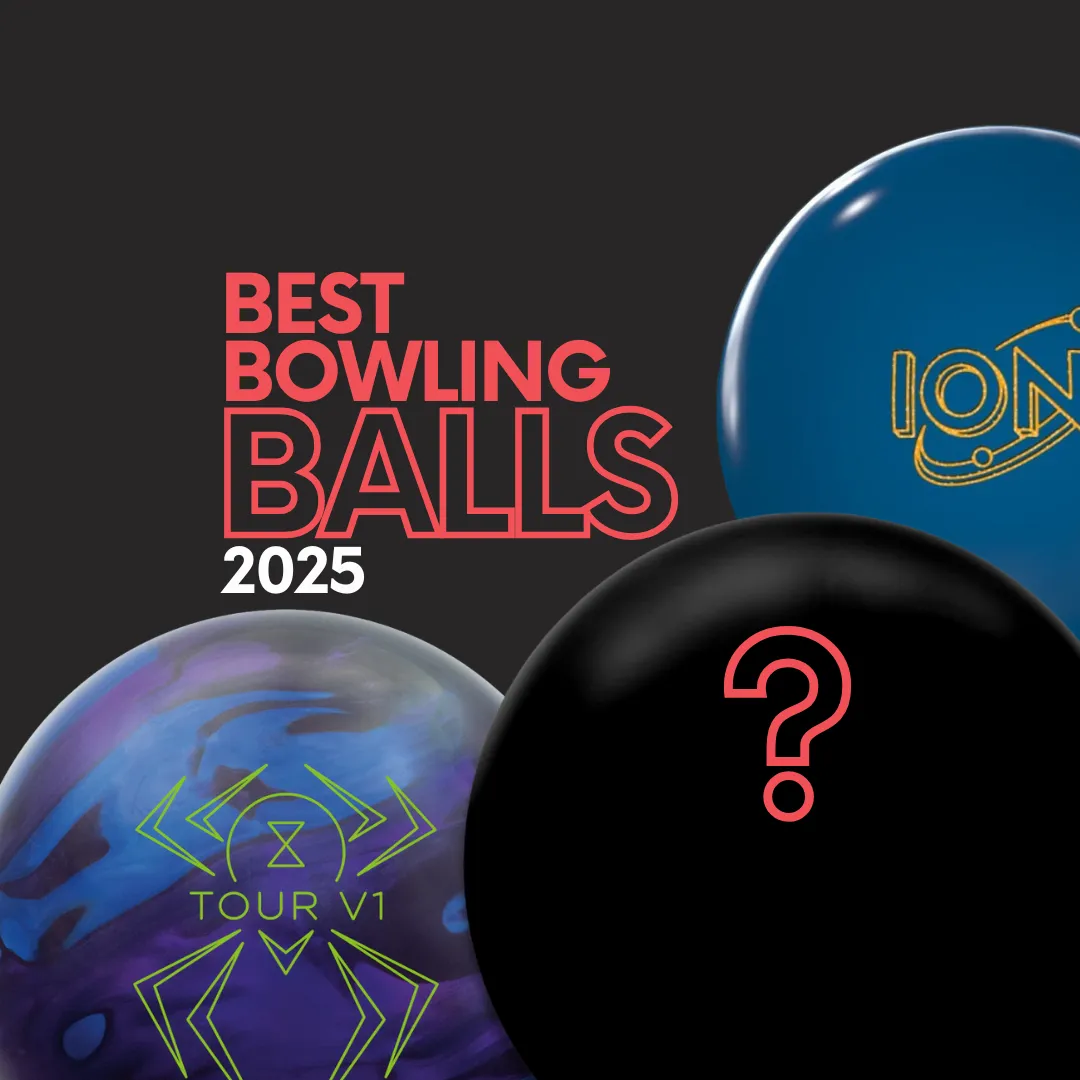The Hammer Black Widow 3.0 has a long legacy to live up to. Since the original Black Widow launched in 2006, it has become one of the most popular bowling balls in history. Over the past 20 years, Hammer (now under Brunswick) released nearly 30 different versions - including solid, hybrid, pearl, and urethane. That history has built serious anticipation each year. So in this Hammer Black Widow 3.0 review, we look at what’s new and how it performs today.
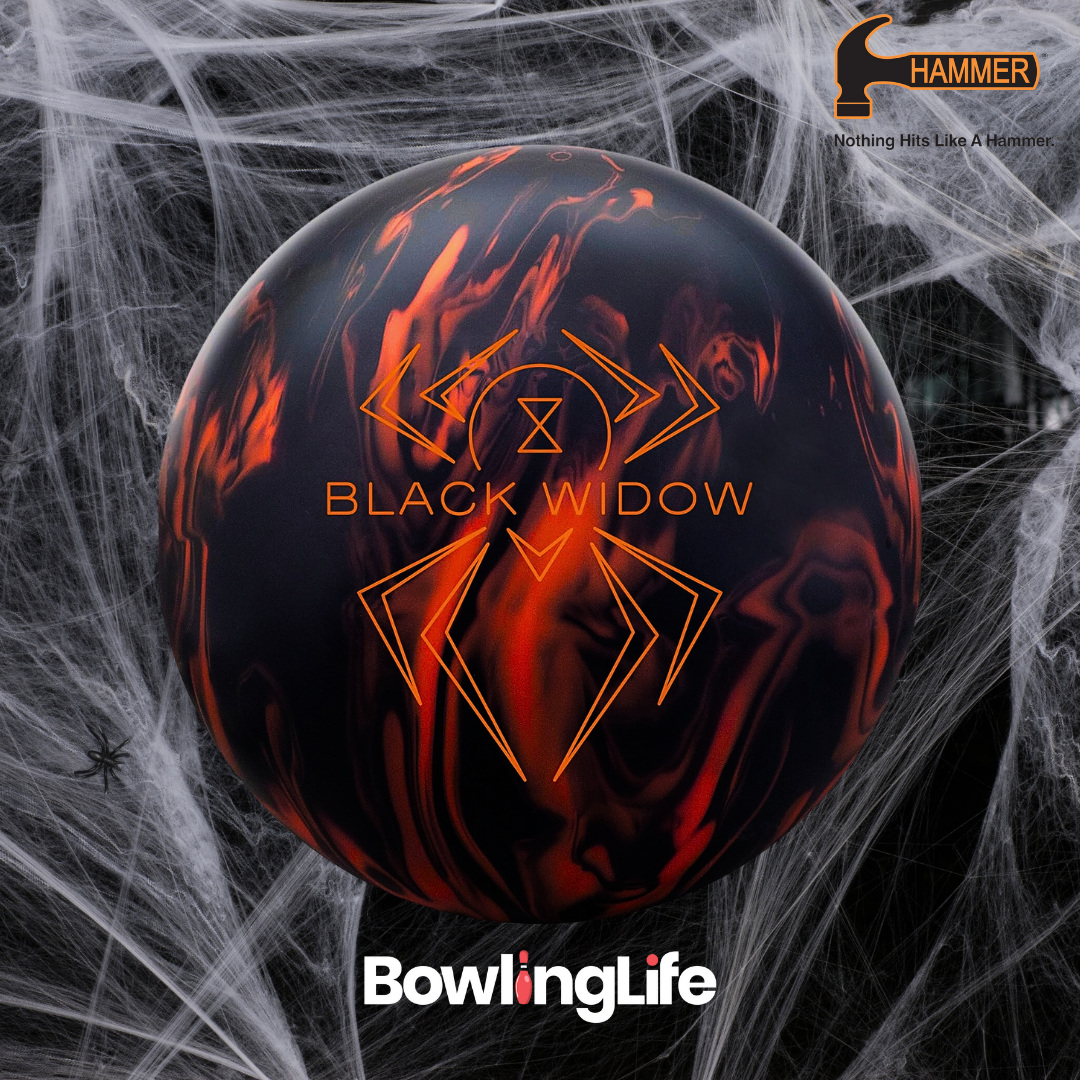
Hammer launched the Black Widow 3.0 in January 2024, continuing one of the most trusted lines in bowling. It pairs the famous Gas Mask core - known for strong flare and backend motion - with the updated HK22 solid coverstock. This combo makes it a strong candidate for your go-to benchmark ball in 2025.
In this Hammer Black Widow 3.0 review, we’ll break down how it performs, where it shines, and if it deserves a spot in your bag.

Short Hammer Black Widow 3.0 Review
Don’t want to read the full Hammer Black Widow 3.0 review? Here’s a quick summary.
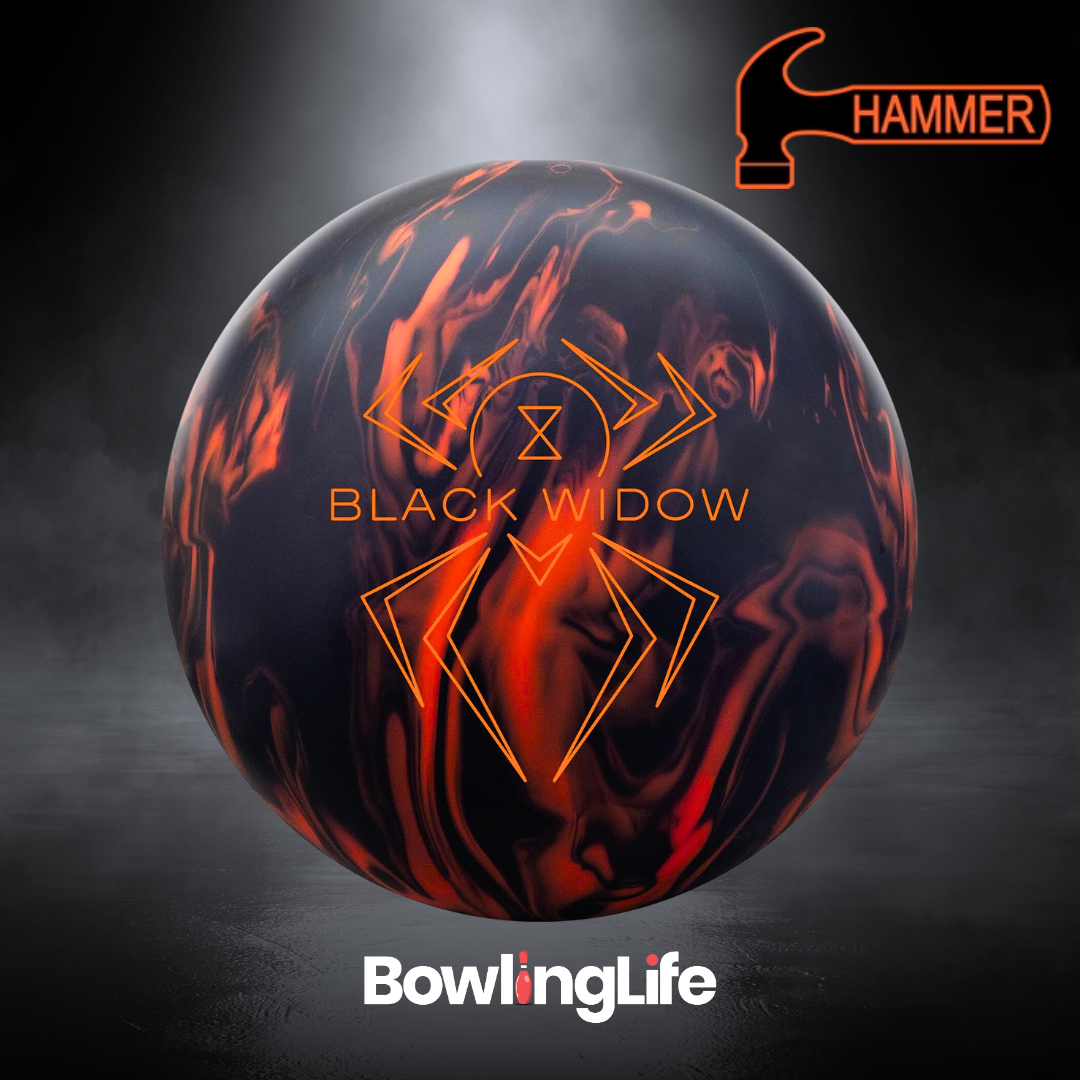
The new Black Widow keeps the legendary Gas Mask core and adds the new HK22 Aggression Solid cover. It offers a strong mid-lane read and a sharp backend reaction. This ball is ideal for medium to heavy oil lanes.
Our testers loved it on medium oil, where it hit the pocket with control - no surface changes needed. On heavy oil, adjusting the surface gave a smoother motion and better consistency. On short oil, a smoother finish helped keep the ball in play, but it's not built for dry lanes.
Both speed-heavy and rev-heavy bowlers found it easy to trust. Based on our Hammer Black Widow 3.0 review, it’s a strong benchmark ball for many lane conditions.
Key Specs
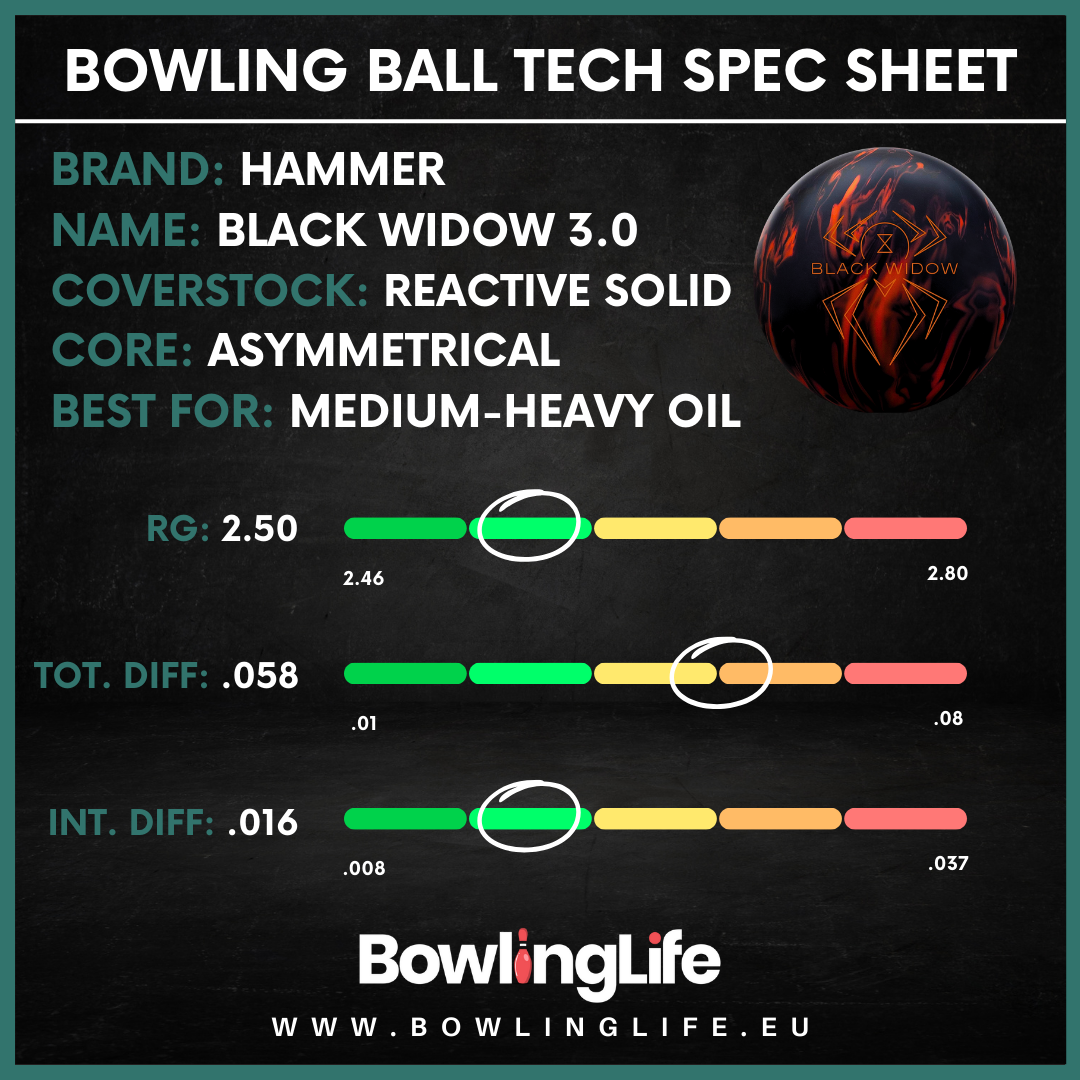
Coverstock Type: Reactive Soild
Coverstock Name: HK22 Aggression Solid
Core Type: Asymmetrical
Core Name: Gas Mask
Box Finnish: 500/1000/2000 Siaair
Best For: Medium-Heavy oil
RG: 2.50
Total Diff: 0.058
Intermediate Diff: 0.016
What Do These Terms Mean?
- Asymmetrical core – Creates a sharper, more angular hook when the ball hits friction.
- Symmetrical core – Delivers a smoother, more predictable motion.
- Radius of Gyration (RG) – A lower RG rolls earlier, while a higher RG saves energy for the backend.
- Total Differential (Diff) – The bigger the number, the more the ball can flare and hook.
- Intermediate Differential – Found in asymmetrical balls. It controls how sharply the ball transitions off the spot.
First Impression
At first glance, the Hammer Black Widow 3.0 review shows strong similarities to the Black Widow 2.0. It uses the same Gas Mask core, the same type of reactive solid coverstock, and even the same box finish. But there’s one big change.
The new Black Widow introduces HK22 as the base material in its solid cover. HK22 was first used in hybrid covers to boost backend reaction. Now it’s paired with a solid shell for stronger mid-lane read and sharper motion off the friction.

Lane Performance
In our Hammer Black Widow 3.0 review, we tested it with two bowlers. That is a speed-dominant one-hander and a rev-dominant two-hander. Each bowler tested it on four patterns: heavy, medium, short sport oil, and typical house shot (THS). This let us see how the ball reacts in real-world situations with different styles and conditions.
Speed-Dominant One-Hander Test
Medium Oil and THS
Our speed-dominant one-hander loved the ball on a fresh medium oil pattern. Compared to the Black Widow 2.0, this version offered a sharper backend thanks to the HK22 base. It also read the mid-lane cleanly and didn’t need any surface tweaks to stay controlled.
With this ball, the tester could open angles slightly while still hitting the pocket with confidence. In this Hammer Black Widow 3.0 review, it felt like the perfect benchmark - strong mid-lane control, easy motion, and plenty of pin action on impact.
Heavy Oil
On heavy oil, the tester adjusted the surface to 1000 grit Siaair. This gave the ball a stronger mid-lane read and helped keep the motion consistent.
Out of the box, the backend was a bit unpredictable. But with the rougher surface, the ball stayed straighter and hit with better angle. Even with added grit, the Black Widow still created a strong backend and solid pin carry.
Short Oil
While doing this Hammer Black Widow 3.0 review, the ball didn’t shine quite as much. Our speed-heavy tester tried smoothing the surface to 4000 grit and moved slightly left to control the angle. The ball stayed in play but felt way too early and didn’t offer much backend.
It wasn’t the ideal match for short patterns, though it stayed usable with adjustments. For this condition, a less aggressive option might be a better fit.

Rev-Dominant Two-Hander Test
Heavy Oil
On heavy oil, our two-hander noticed that ball worked great straight out of the box. It gripped the lane early and rolled strong through the mid-lane with a smooth, controlled backend.
By moving left and slowing the speed slightly, the tester created more room to swing the ball. The 3.0 handled the oil well and hit the pocket with plenty of power.
Medium Oil
On medium oil, the new Black Widow worked - but not perfectly. The 2000 grit finish was too strong for our two-hander, who usually bowls at slower speeds.
The ball checked up early and lost energy too soon. After switching to a 3000 grit finish, it rolled smoother and carried further down the lane. That change restored a clean motion and solid backend reaction.
Overall Impression
If the Black Widow 2.0 and the Hybrid had a child, it would be the Hammer Black Widow 3.0. It keeps the core, cover, and finish of the 2.0 but adds HK22 tech from the Hybrid.
This gives the 3.0 a stronger mid-lane read and a sharper backend. It also responds well to surface changes, making it a flexible piece for different conditions.
Our testers found it most useful as a benchmark ball for medium to heavy oil. It let them open up angles without losing control at the pocket. As shown in this Hammer Black Widow 3.0 review, it’s a smart fit for any bowler who needs a strong, versatile asymmetric ball in their lineup.
Detailed Evaluation

The Hammer Black Widow 3.0 is a dependable ball that adapts well to many conditions. It’s a solid choice for bowlers who want a strong, flexible option in their lineup.
Our testers especially liked it when they needed to open up angles without losing entry angle control. For medium to heavy oil, it hits that benchmark sweet spot. If you’re looking for a reliable asymmetric ball in 2025, it is one of the best picks out there, as our Hammer Black Widow 3.0 review confirms it.

Purchasing Hammer Black Widow 3.0 Bowling Ball?
You might also consider these beuties!
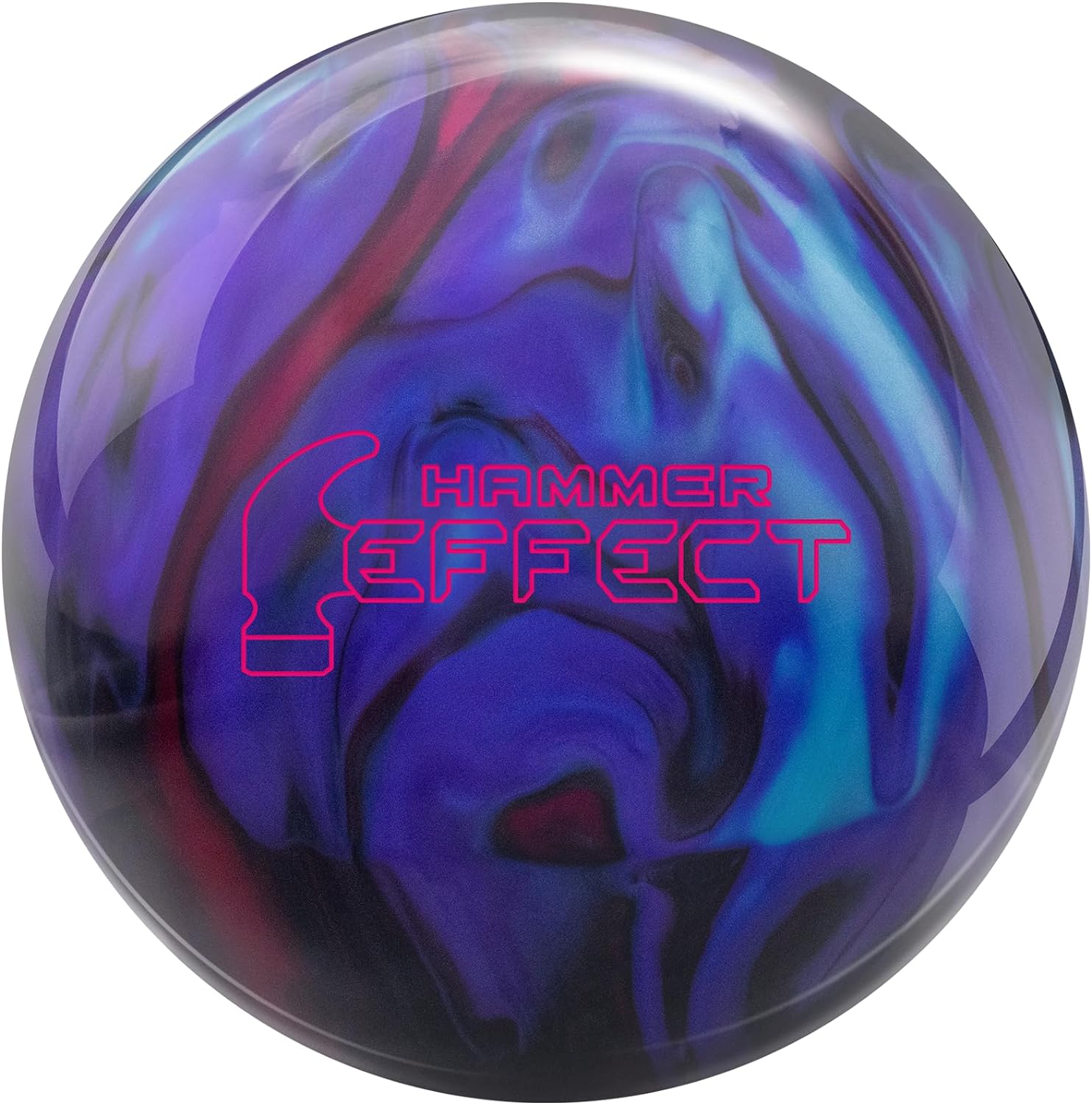
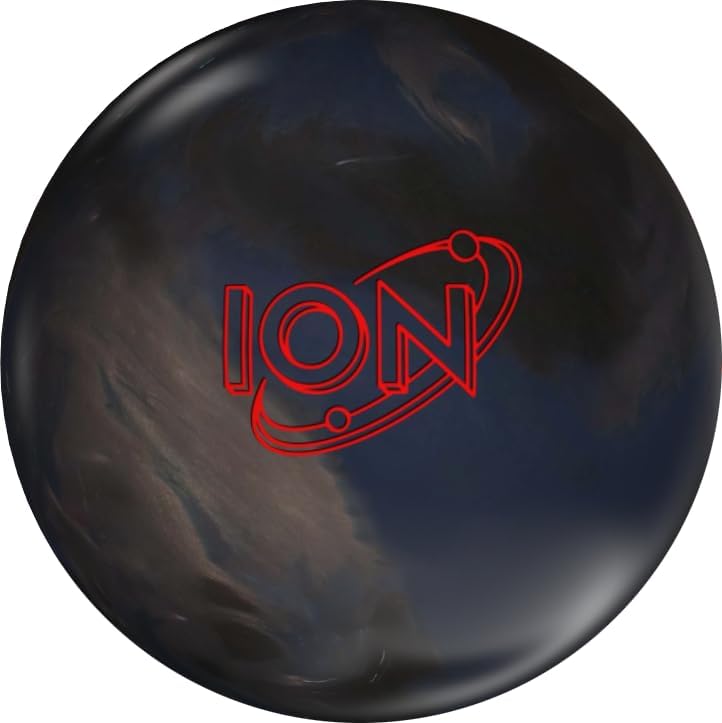
FAQ
Is the Hammer Black Widow 3.0 good for league bowlers?
Yes. Our Hammer Black Widow 3.0 review showed it works well on house shots and transitions, especially for bowlers who need control and power.
What coverstock is used in the Hammer Black Widow 3.0?
The new Black Widow features a solid HK22 base. In our Hammer Black Widow 3.0 review, this gave it a smooth mid-lane read and sharp finish.
Who should read the Hammer Black Widow 3.0 review?
Anyone looking for a strong asymmetric ball in 2025 should check our full Hammer Black Widow 3.0 review to see if it fits their game.
